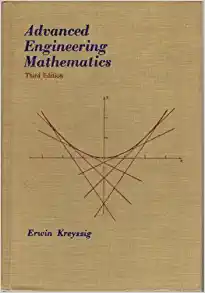Question
A psychologist studying artistic preference randomly assigns a group of 45 participants to one of three conditions in which they view a series of unfamiliar
A psychologist studying artistic preference randomly assigns a group of 45 participants to one of three conditions in which they view a series of unfamiliar abstract paintings. The 15 participants in the Famous condition are led to believe that these are each famous paintings; their mean rating for liking the paintings is 6.5 (S = 3.5). The 15 in the Critically Acclaimed condition are led to believe that these are paintings that are not famous but are very highly thought of by a group of professional art critics; their mean rating is 8.5 (S = 4.2). The 15 in the Control condition are given no special information about the paintings; their mean rating is 3.1 (S = 2.9). Does what people are told about paintings make a difference in how well they are liked? Use the .05 level. Famous: S2 = 12.25 Critically acclaimed: S2 = 17.64 Control: S2 = 8.41
Draw a sketch for this hypothesis test labeling: a) the cutoff(s) b) the rejection region(s) c) and the sample t-score What is your conclusion for this hypothesis test? a. reject the null b. accept the research hypothesis c. accept the null d. fail to reject the null Provide an interpretation of your findings and the style report of the statistics for this hypothesis test. An interpretation is a one sentence conclusion of the hypothesis test that should be free of statistical jargon.
Step by Step Solution
There are 3 Steps involved in it
Step: 1

Get Instant Access to Expert-Tailored Solutions
See step-by-step solutions with expert insights and AI powered tools for academic success
Step: 2

Step: 3

Ace Your Homework with AI
Get the answers you need in no time with our AI-driven, step-by-step assistance
Get Started


